Consultant behind Meow Wolf, Blue Man Group shares lessons on joy, playing, and branded experiences
Pop quiz! What do Meow Wolf, Blue Man Group, Cirque du Soleil, Disney Imagineering, and Ringling Bros. have in common? They’ve all sought out today’s guest as a consultant.
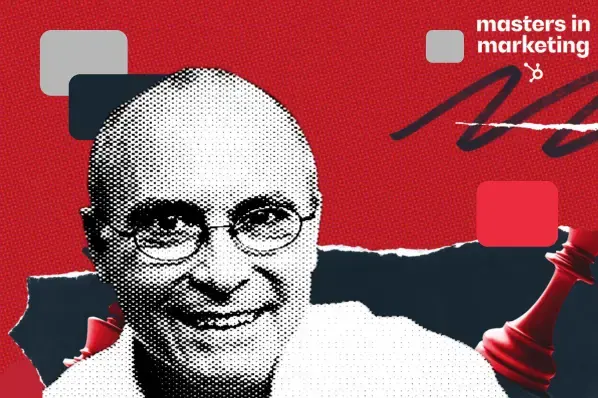
Pop quiz! What do Meow Wolf, Blue Man Group, Cirque du Soleil, Disney Imagineering, and Ringling Bros. have in common? They’ve all sought out today’s guest as a consultant.
But today’s master is… actually not a master of marketing at all. In fact, he’s never worked a day in marketing. But he literally wrote the book on interactive performance.
And as marketing leaders pour big budgets into branded experiences, live events, and interactive brand activations, you’re going to want to hear what he has to say.
Name: Jeff Wirth, Co-founder of the Interactive PlayLab
Job: Designs, directs, and consults on interactive experiences, virtual world applications, and live immersive fiction
Claim to fame: Did you see the list of companies he’s worked with?!
Fun fact: Started his career as a clown for the Ringling Bros. Barnum & Bailey Circus
Lesson 1: Begin at the end.
When designing your interactive experience, Wirth recommends first thinking about what you want participants to walk away with. No, not a shopping bag full of merch. Think more philosophically.
“What do you want people to understand after the activation that they didn’t understand before?”
For Meow Wolf or Cirque du Soleil, that might be discovering a childlike sense of wonder. For a brand activation or marketing event, it’ll be… something no less deep, actually.
Sure, you could aim for them to walk away with some product info — if you want them to forget it by the time they get back to their car. Truly memorable experiences aim for something more profound.
Wirth says step 2 is asking: “How do we make it so we don’t tell them what to understand? We create a context within which they have an opportunity to discover that.”
That context is the skeleton for your event or experience design.
But Wirth emphasizes that this must only be an opportunity — trying to force a participant to a specific conclusion is, to his mind, both unethical and potentially damaging. Which brings us to Lesson 2.

Lesson 2: Empower your participants to think for themselves.
“Put the priority on the participant’s capacity to think for themselves,” Wirth advises.
As an anti-example, he shares the story of a pharmaceutical company that approached him to create an interactive experience. When Wirth required that the experience present their product among a range of options, the company quickly backed out.
That’s a mistake. Aside from being ethically questionable, railroading a participant will assuredly lead to an experience that is forgettable at best — at worst, it could be harmful to the participant and your brand.
But that doesn’t mean you shouldn’t give your participants something to think about. Wirth explains that if you want people to play, you need to give them enough to play with.
What’s more, “you need to give them the experience that they can play and be successful at it.”
In other words, your experience needs to provide enough context that your participants know how to play — and can even feel accomplishment — but not so much that they’re simply following instructions.
Lesson 3: Play is not just for children.
Play can be a powerful component of a live event. But “play” means different things to different people.
You can play a game. You can play around. You can play along. These all have different shades of meaning that affect what your participants are asked to do and what they get out of your event.
You need to decide what type of play serves the context you defined in Lesson 1. For Wirth’s experiences, play means “make-believe for the purpose of empowerment.”
Why make-believe? That’s a hard word to put in front of stakeholders.
“One, you get the opportunity to be more authentic. Because you’re not having to hold the mask that is how you present yourself to society.”
And two? Make-believe gives you “the ability to have deeper empathy for people who are not like you.”
“When you play make-believe, it doesn’t have to be winning and losing. The joy is simply in the making of belief.”
And, as for what a participant walks away with, “joy” is a pretty good bag of merch.










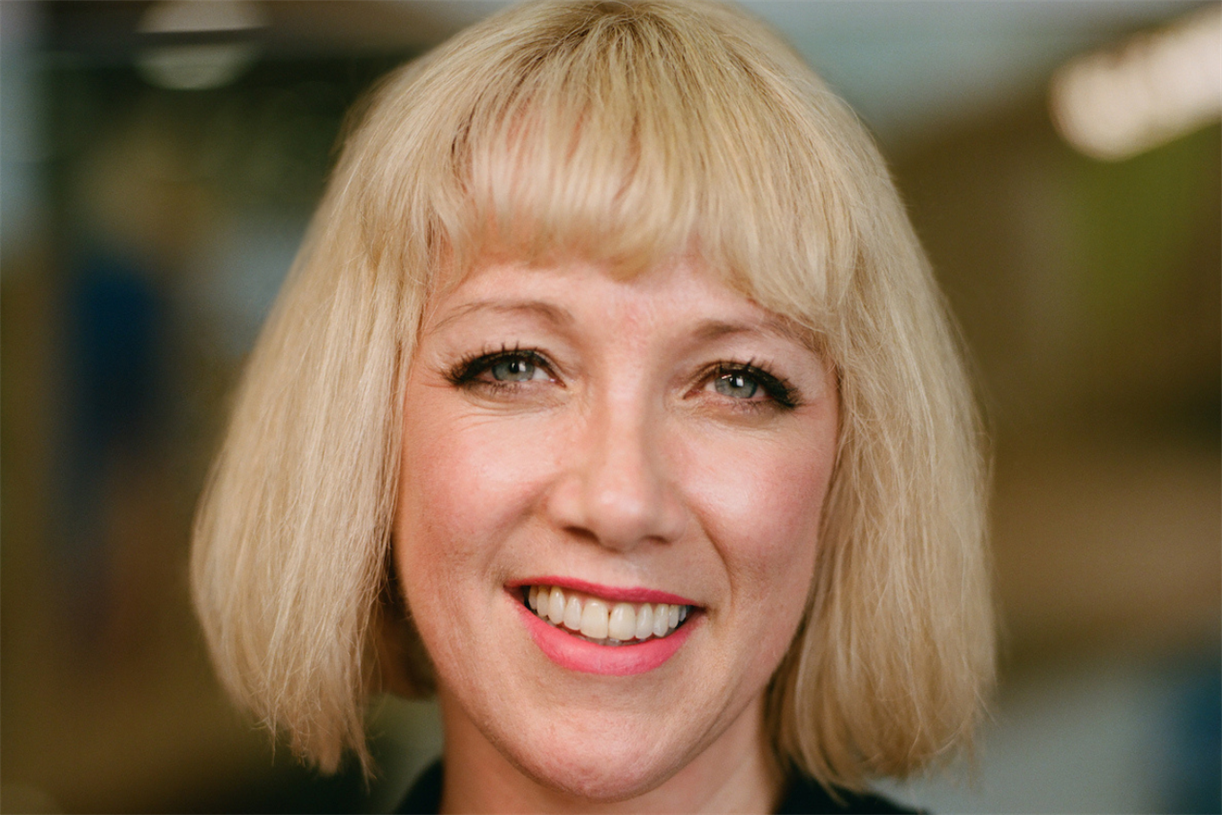
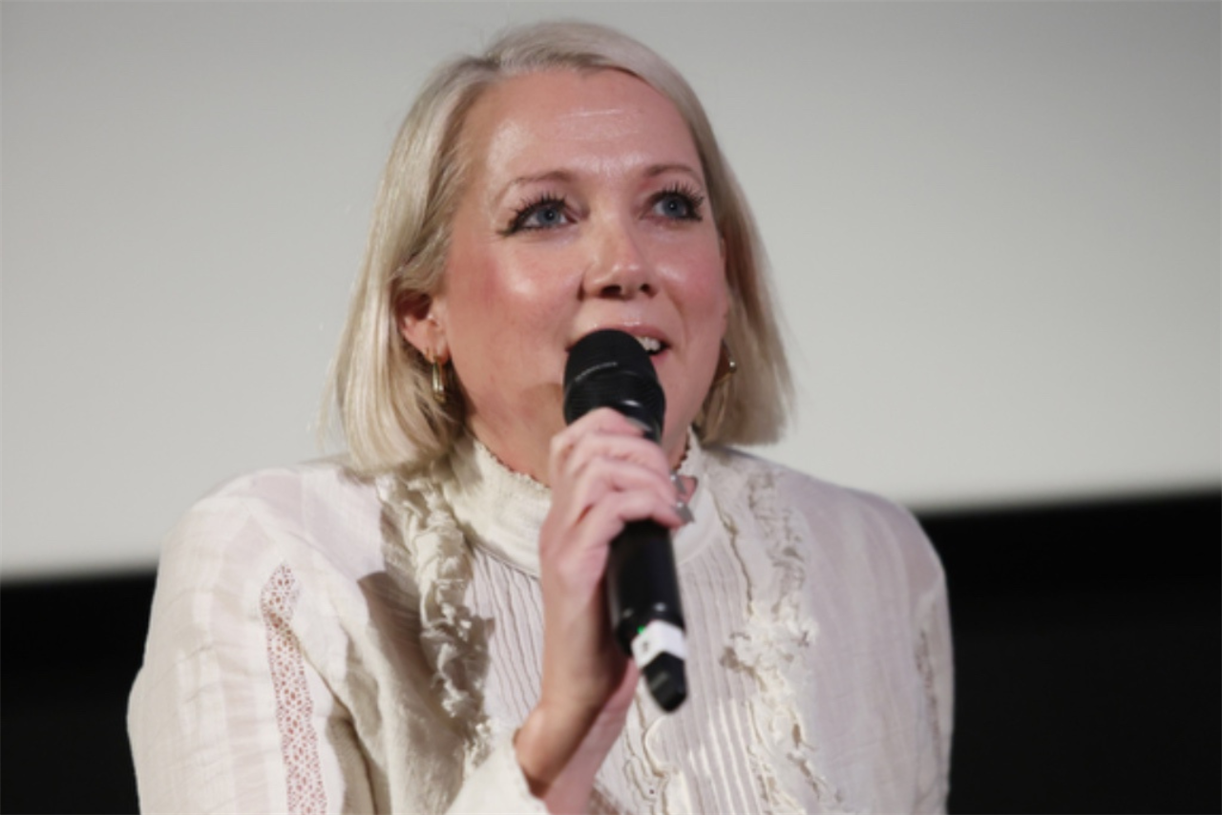
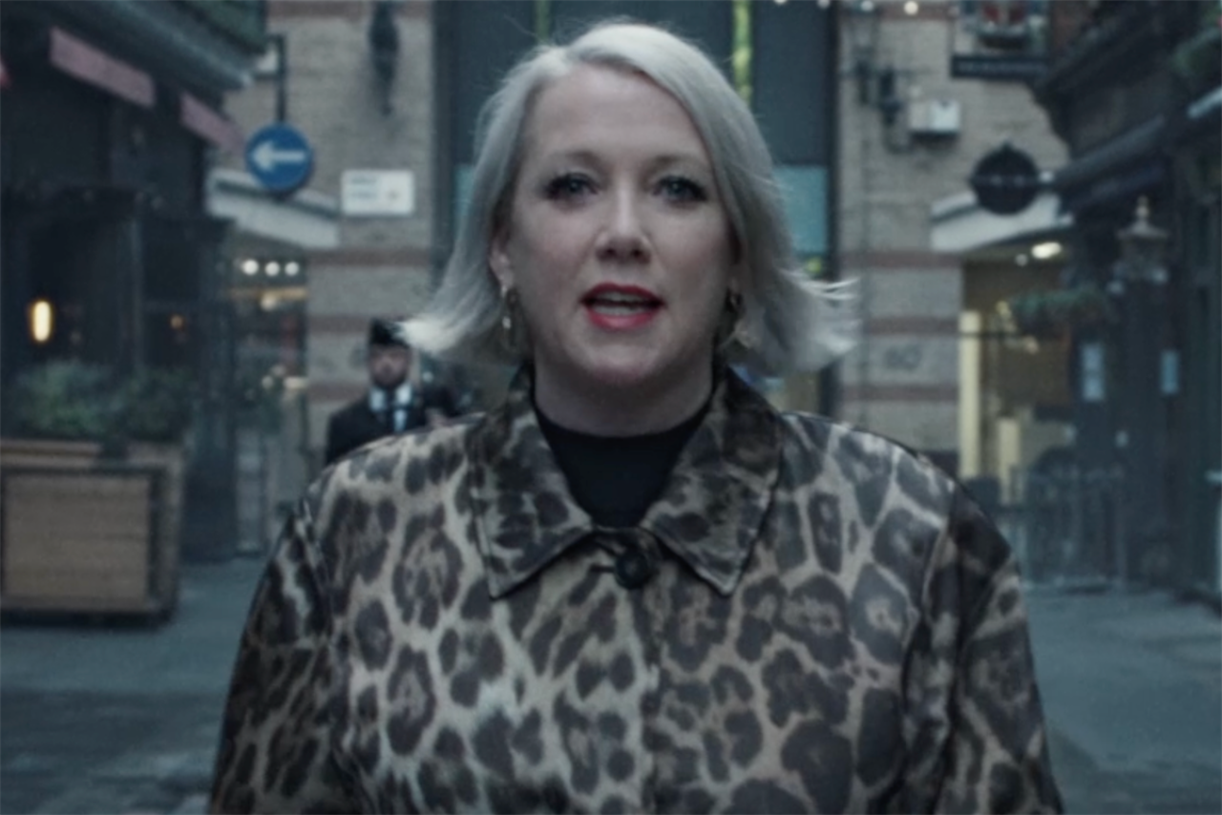
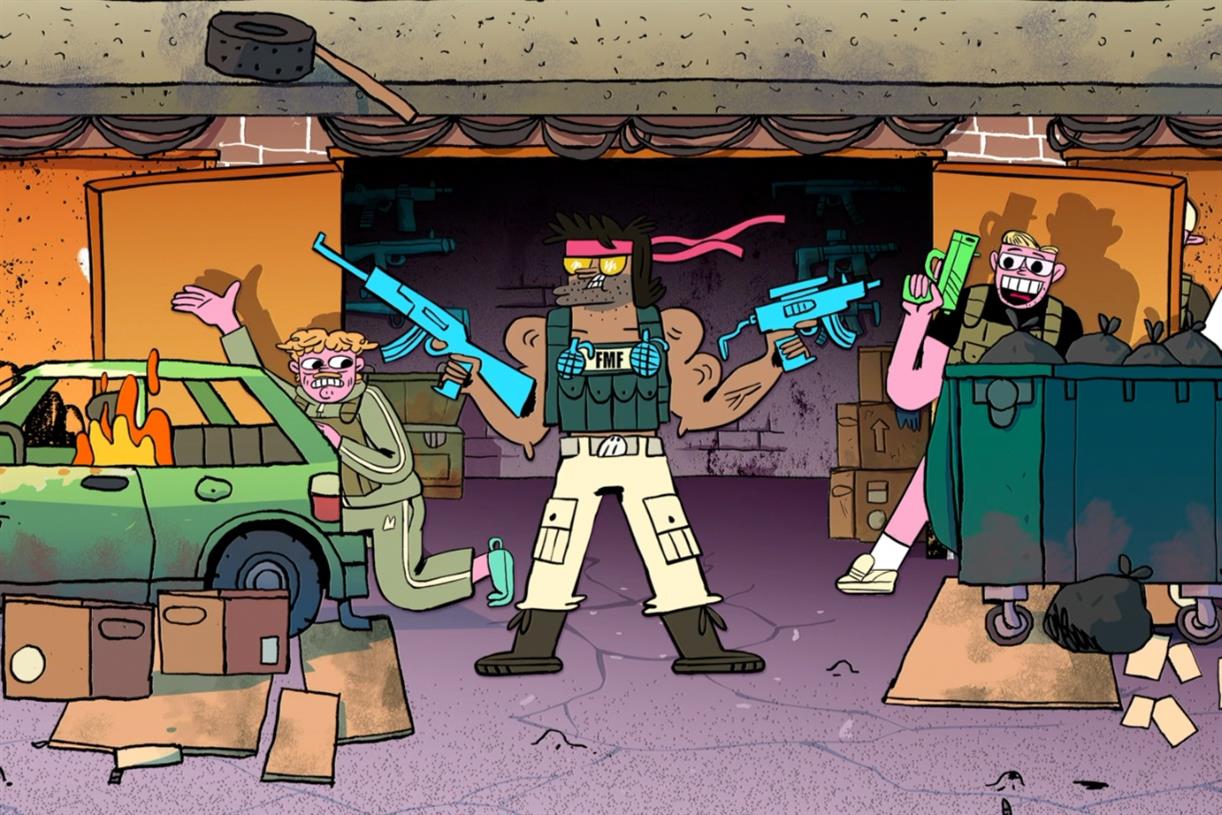
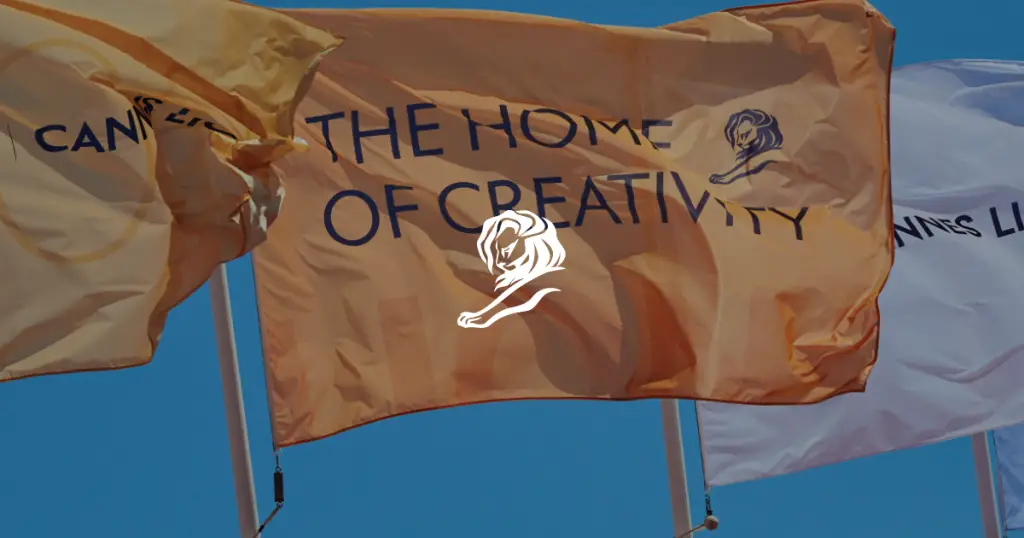
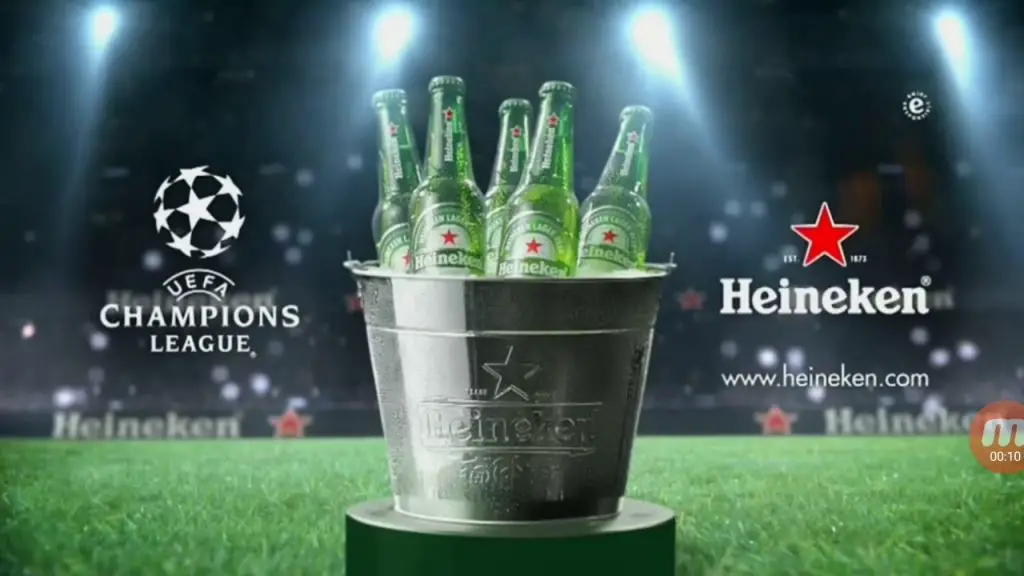


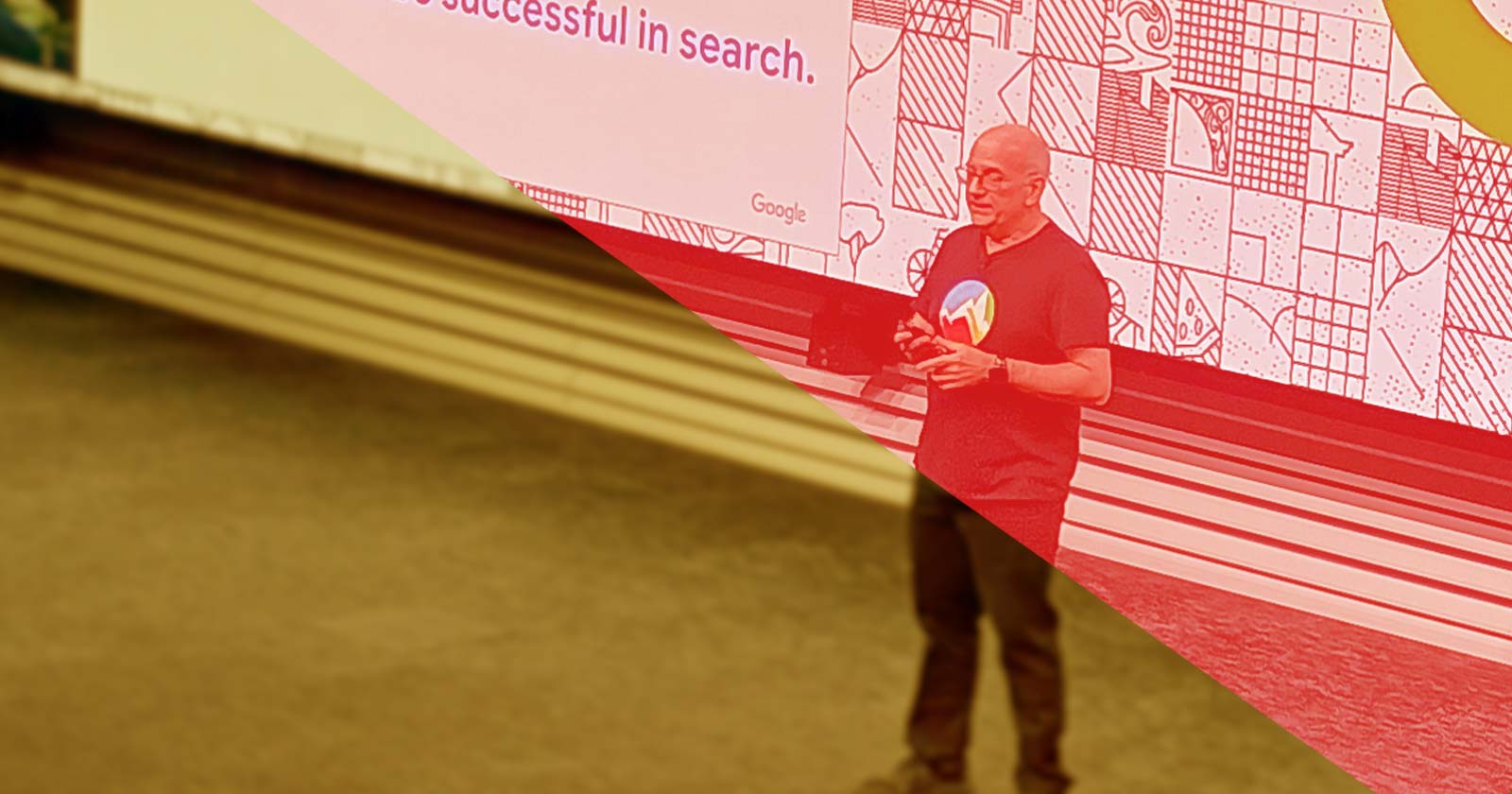
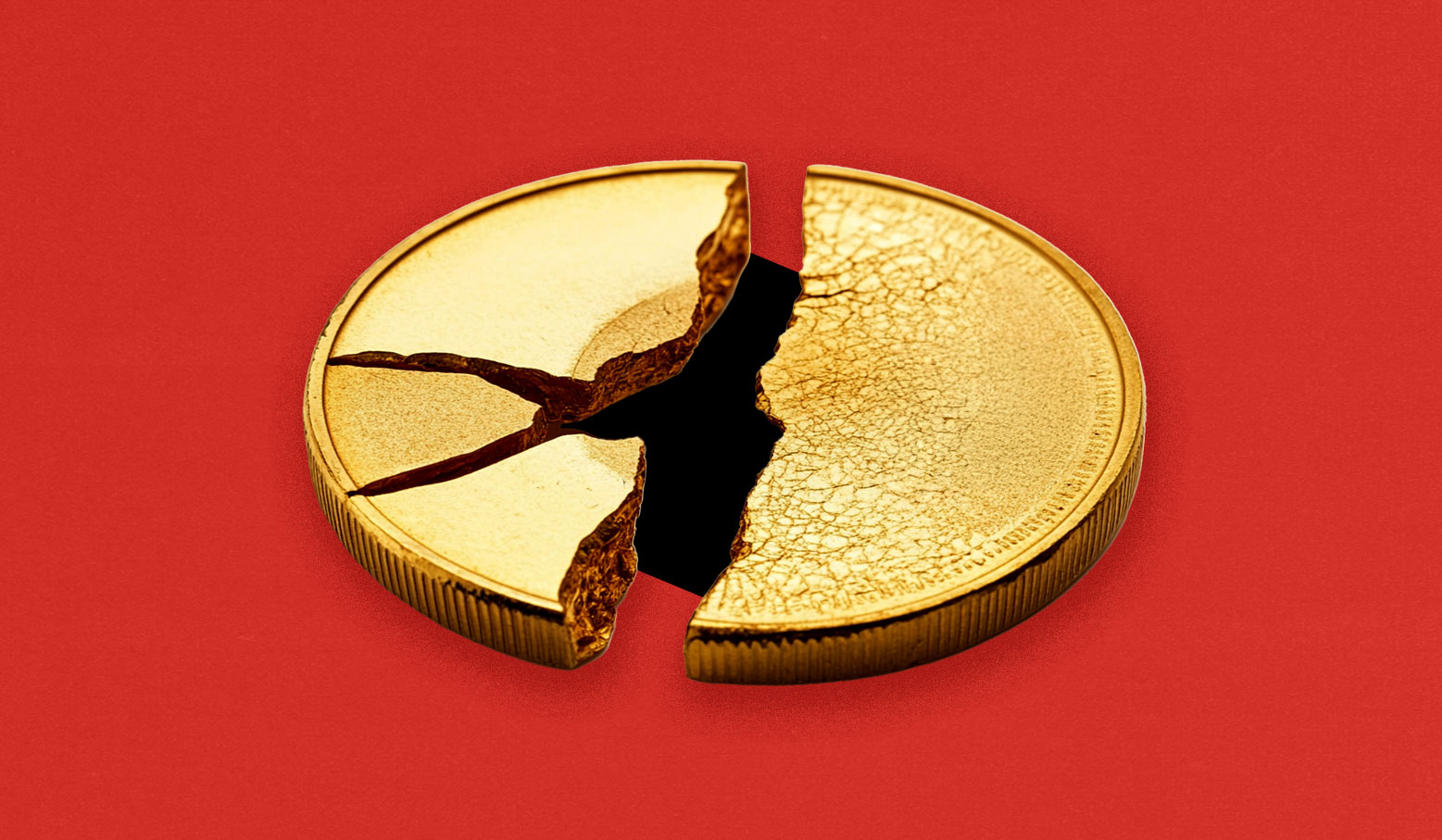
![Win Higher-Quality Links: The PR Approach To SEO Success [Webinar] via @sejournal, @lorenbaker](https://www.searchenginejournal.com/wp-content/uploads/2025/03/featured-1-716.png)
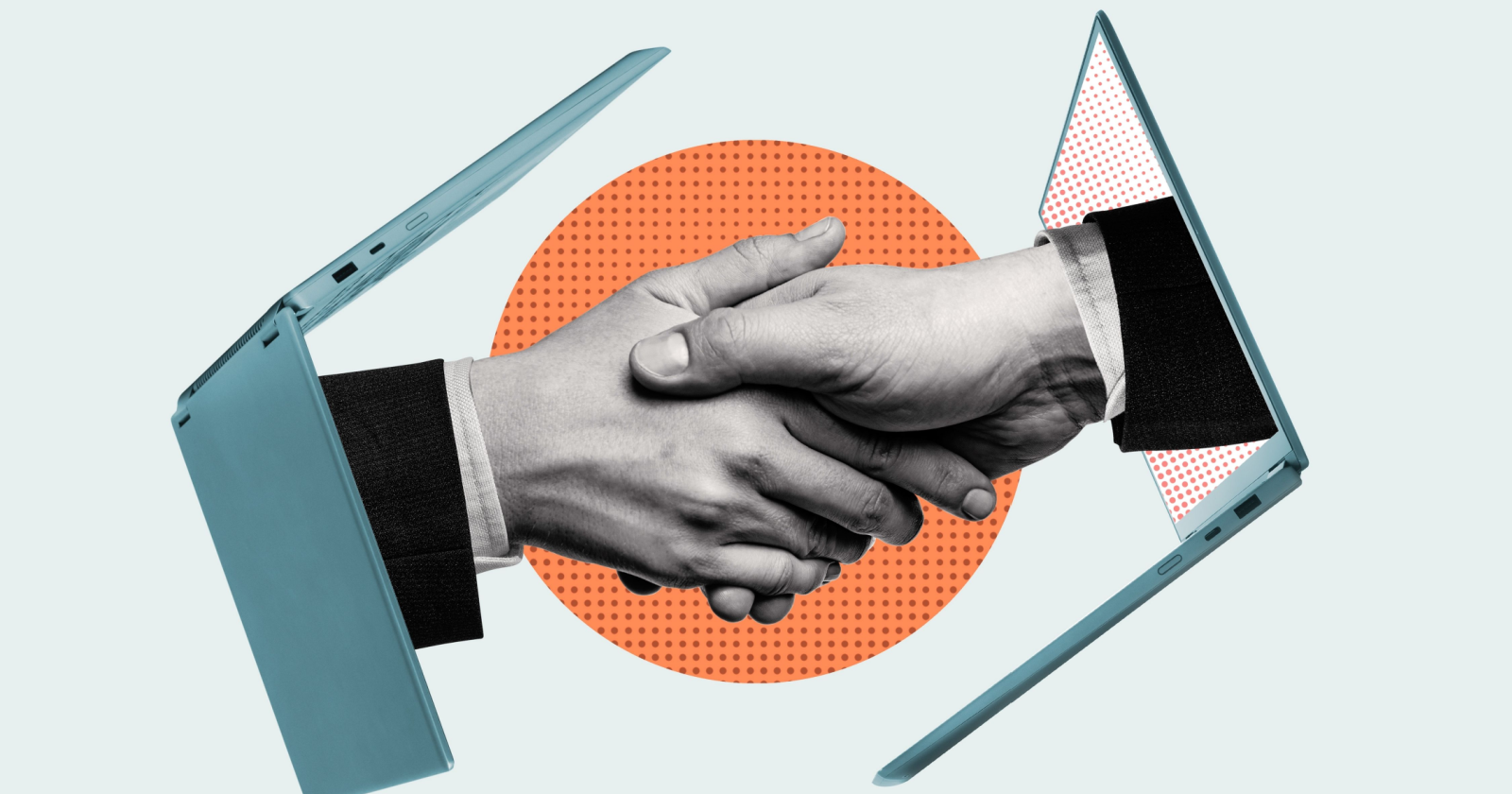

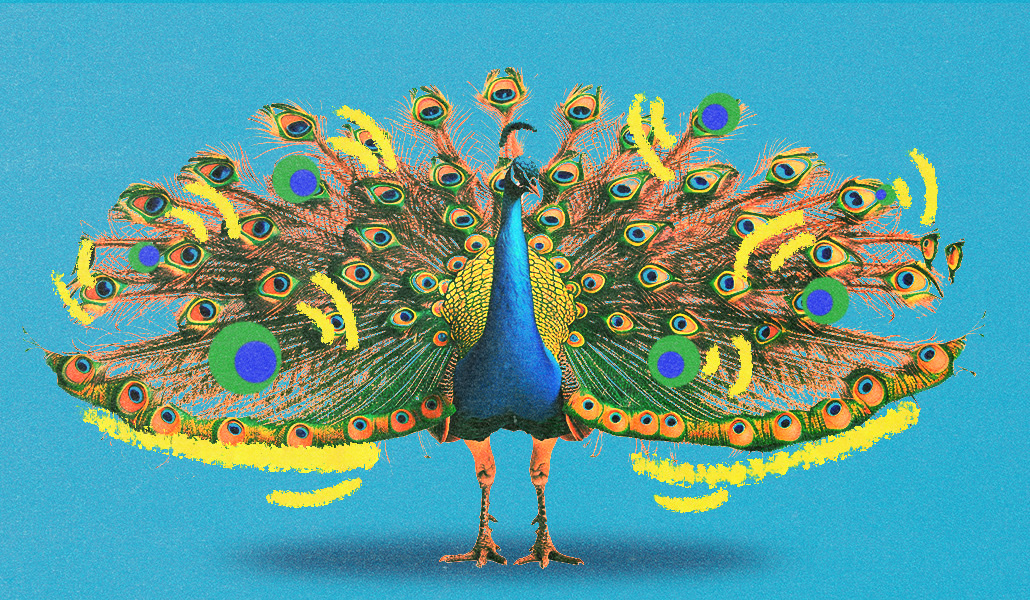





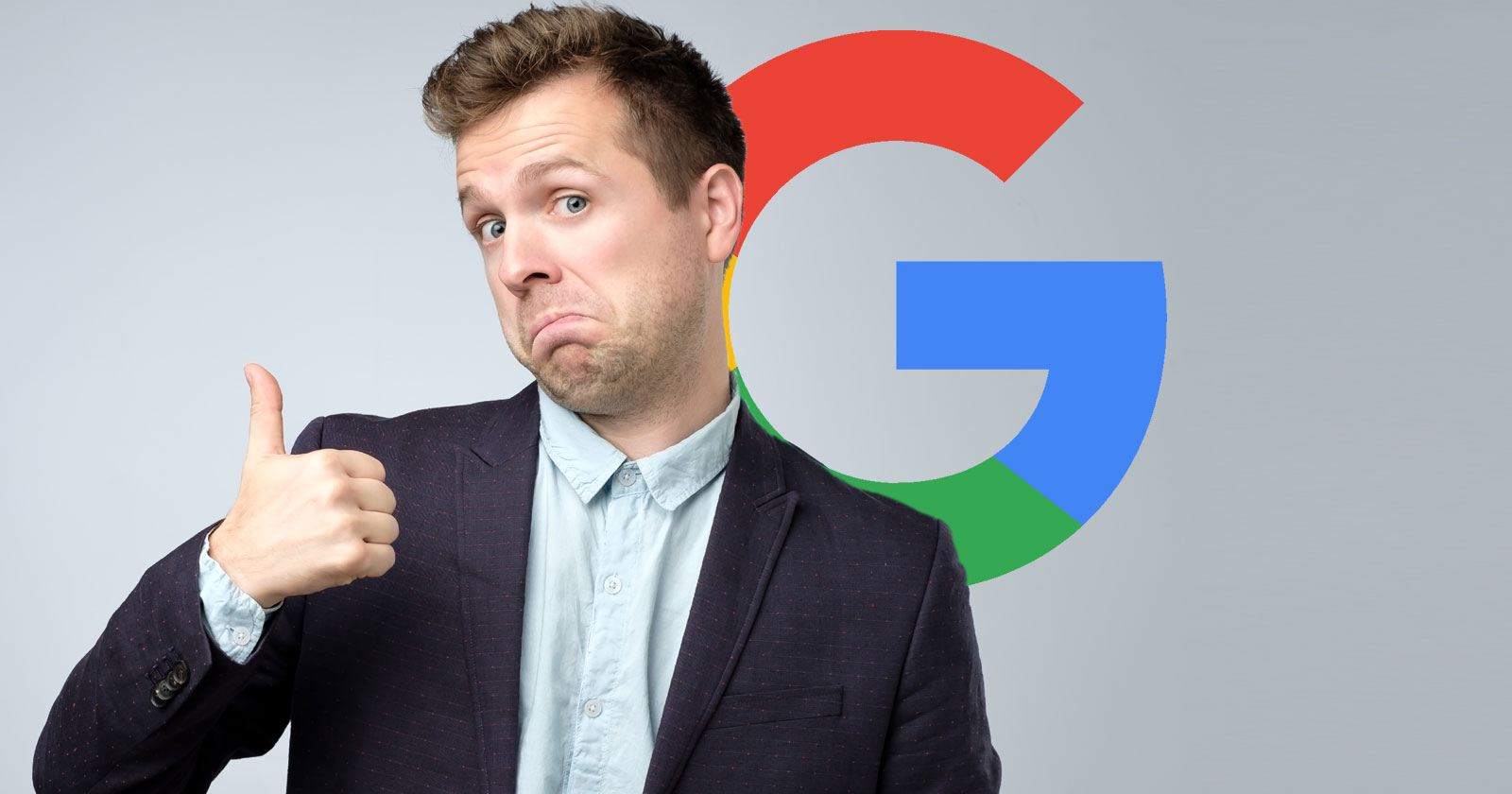
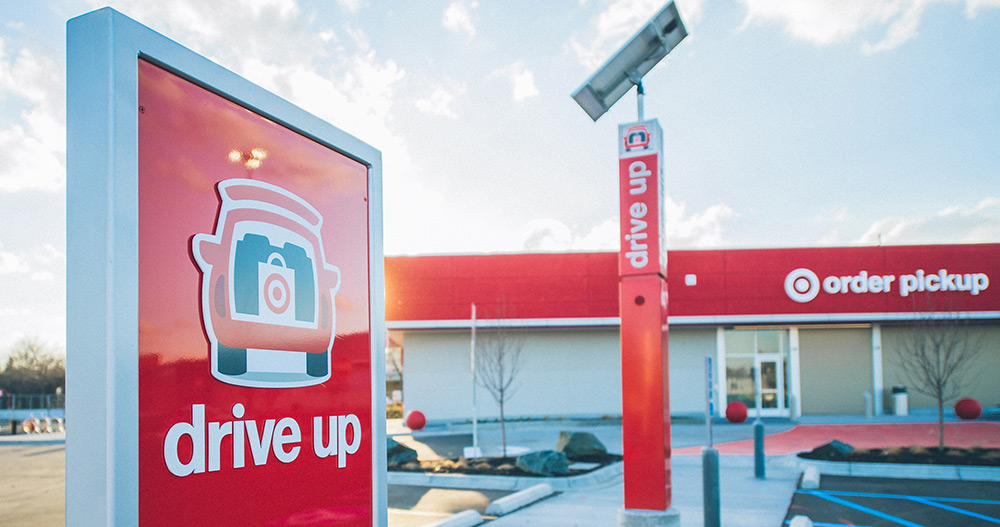



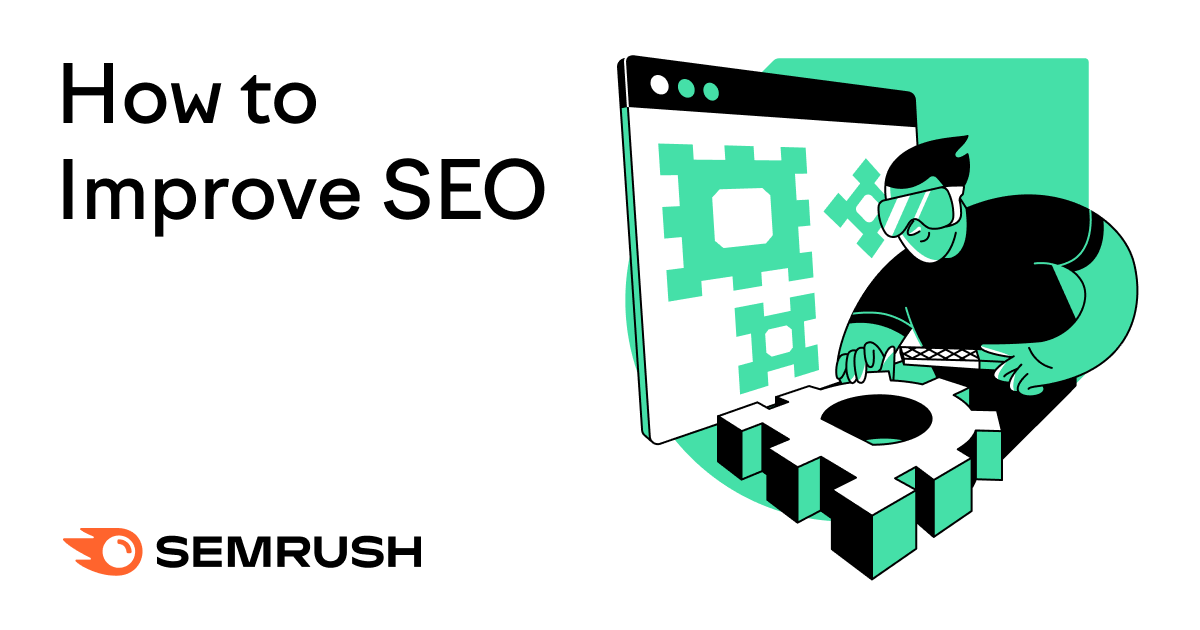

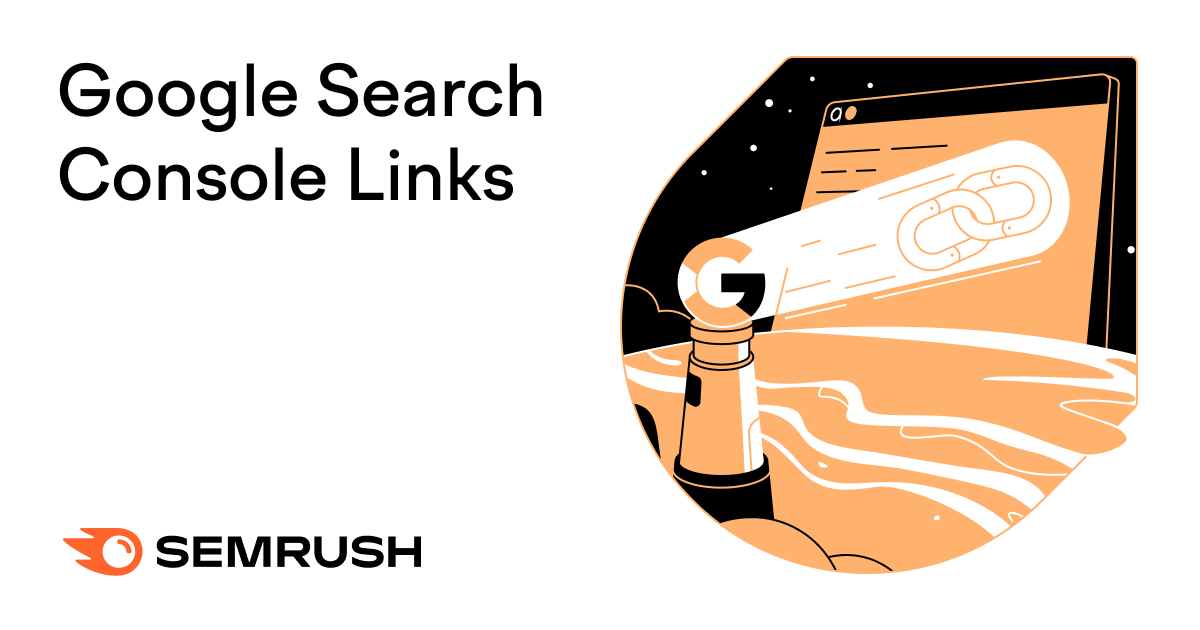

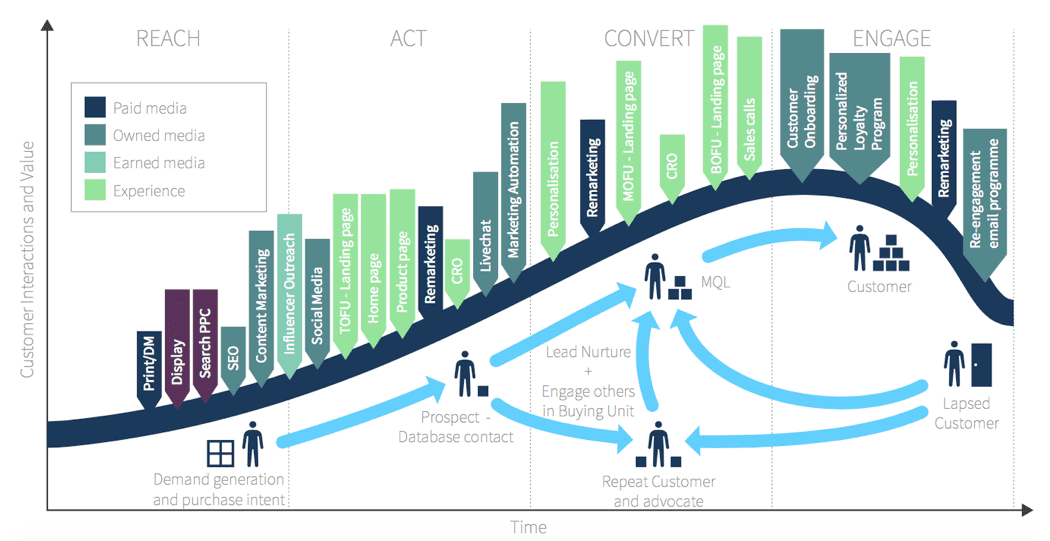
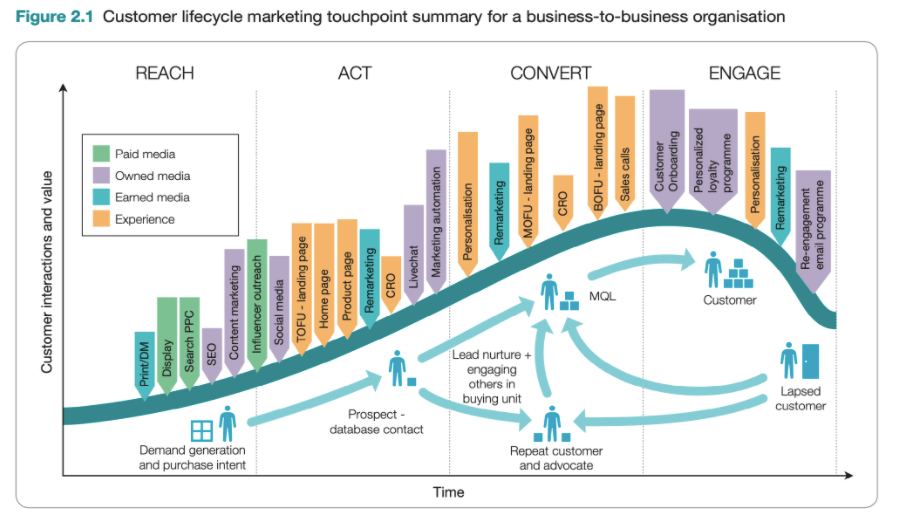
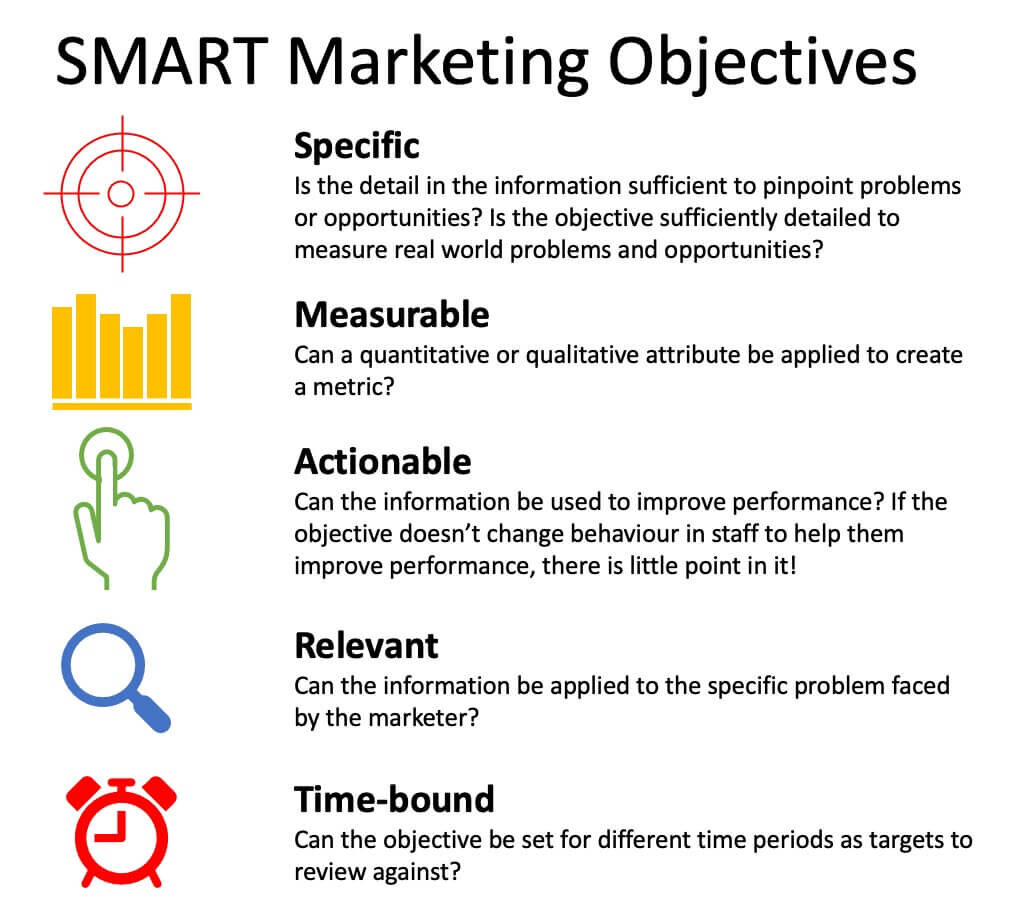
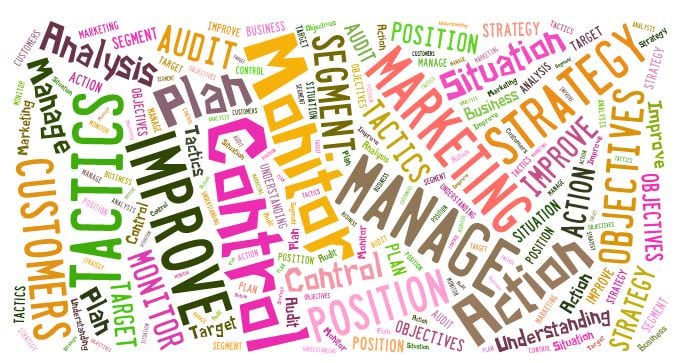
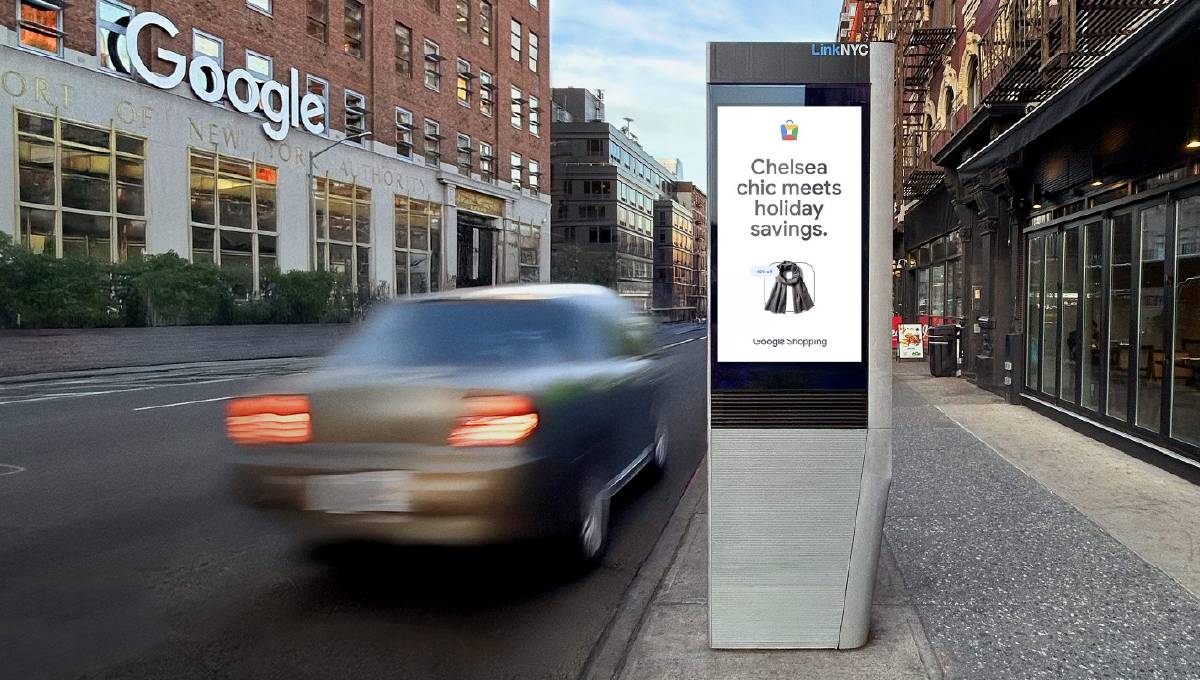

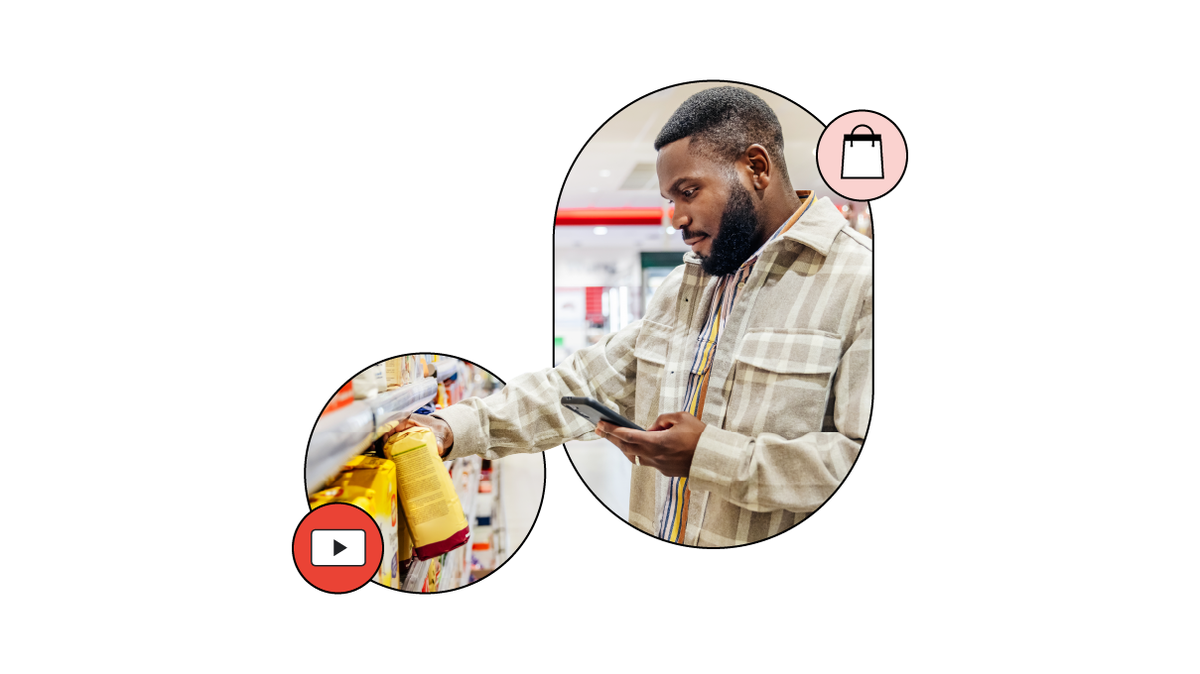
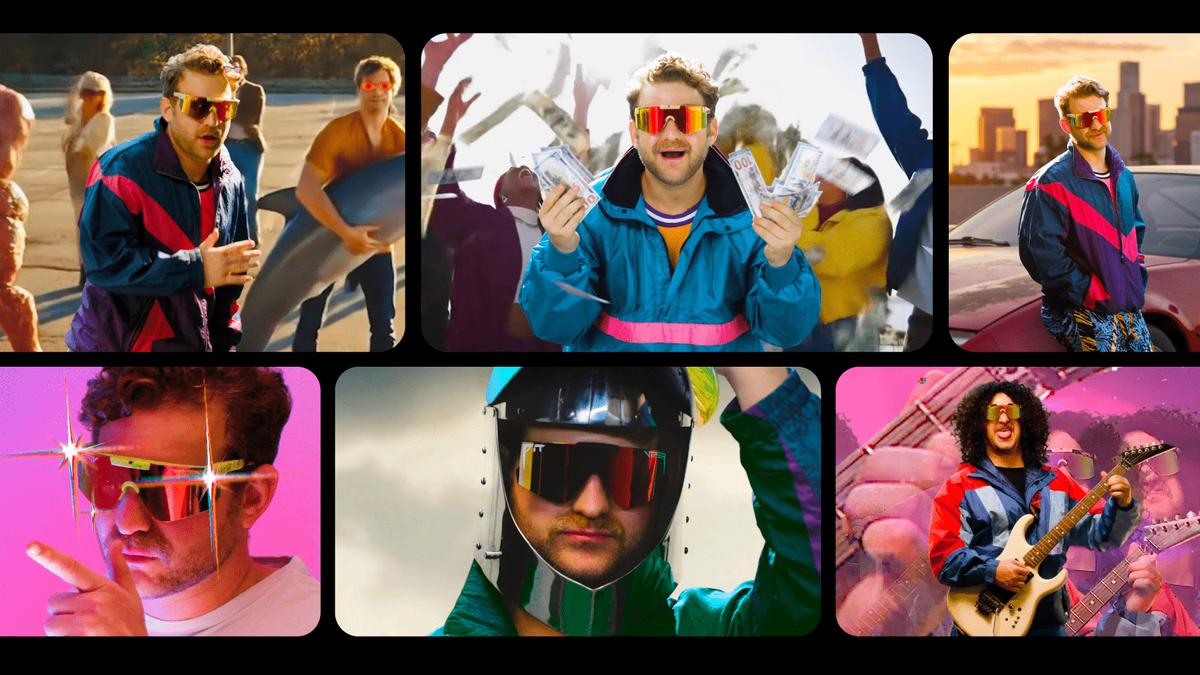

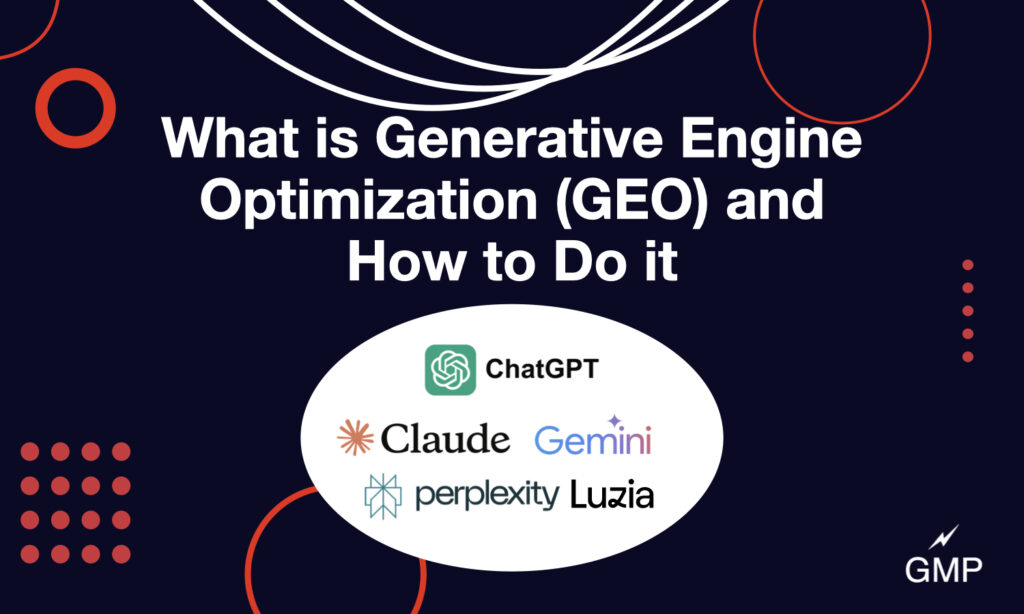


![How Marketers Are Using AI for Writing [Survey]](https://www.growandconvert.com/wp-content/uploads/2025/03/ai-for-writing-1024x682.jpg)


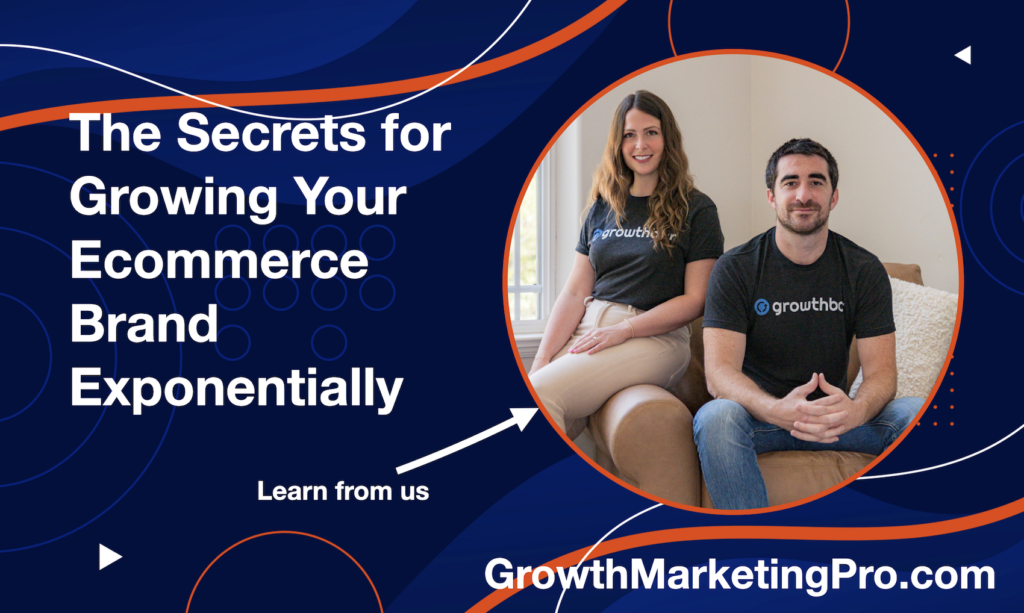







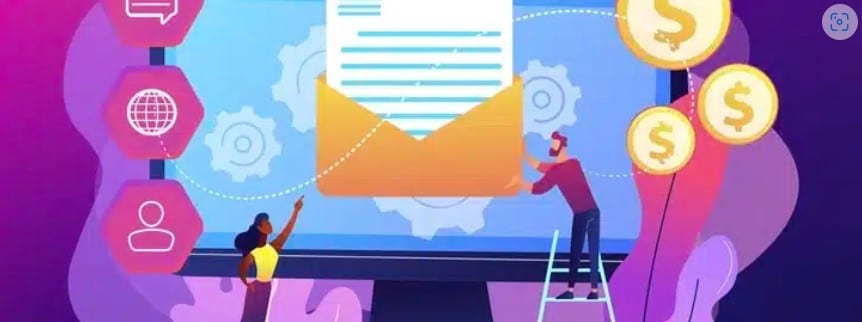





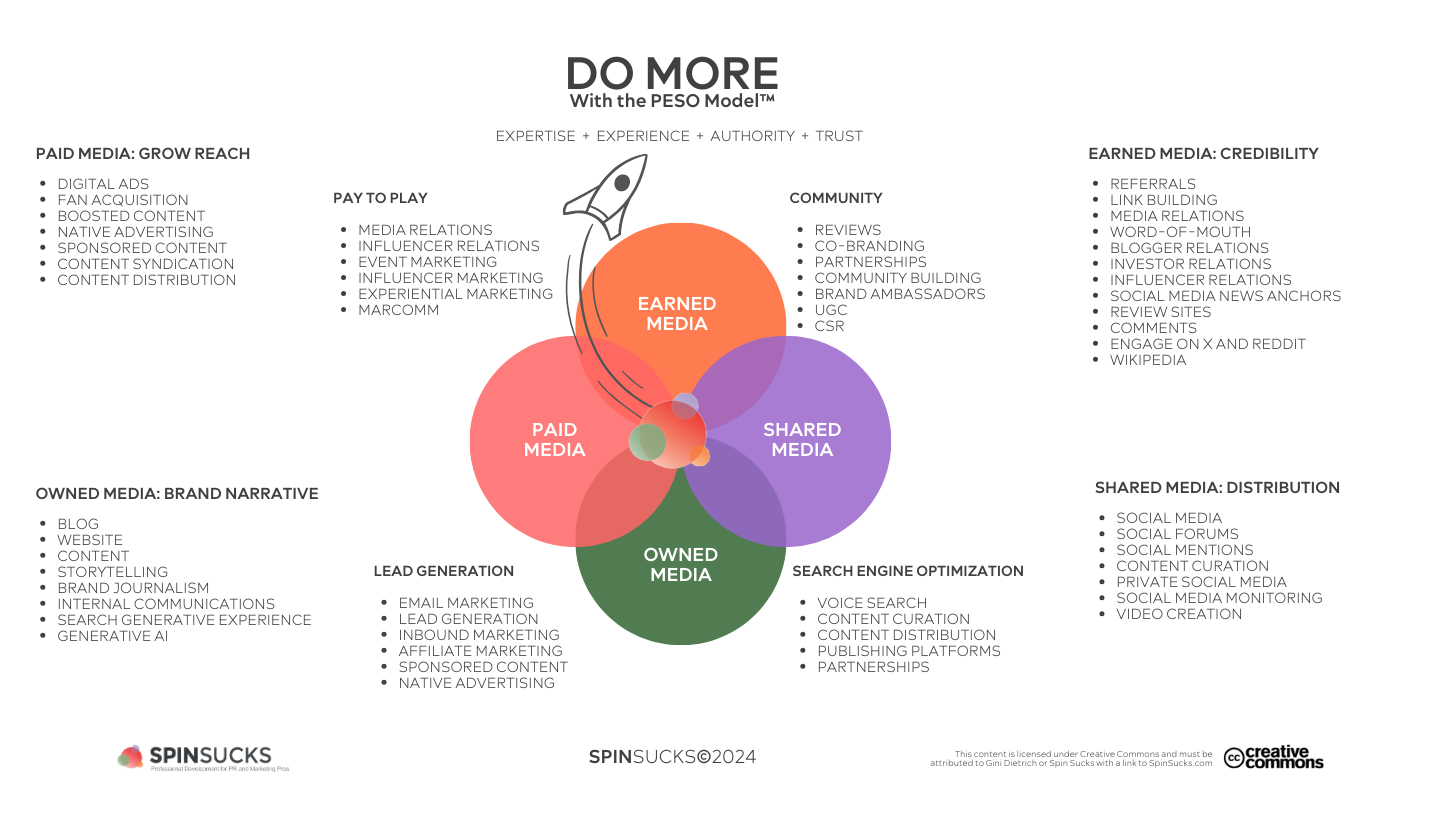
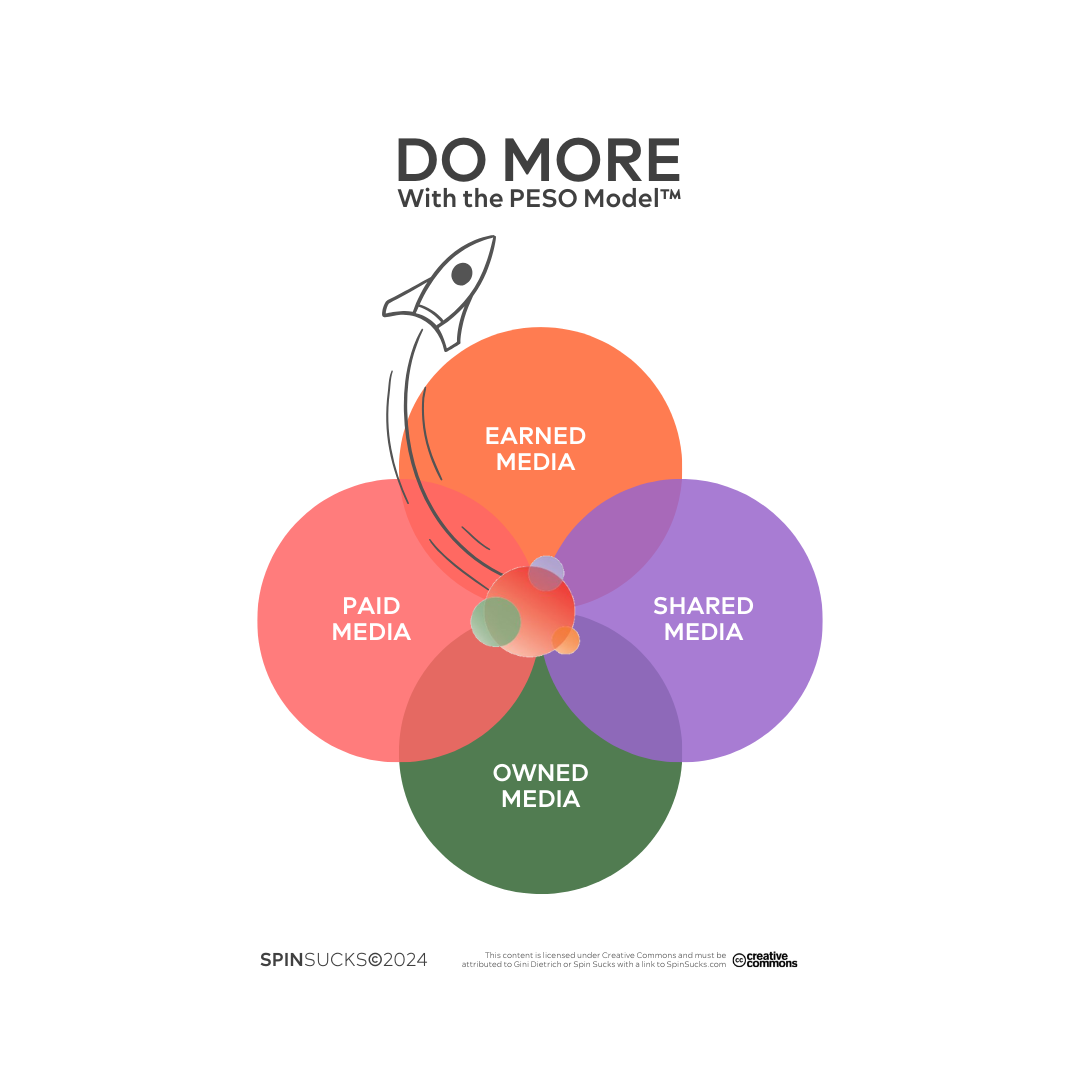






















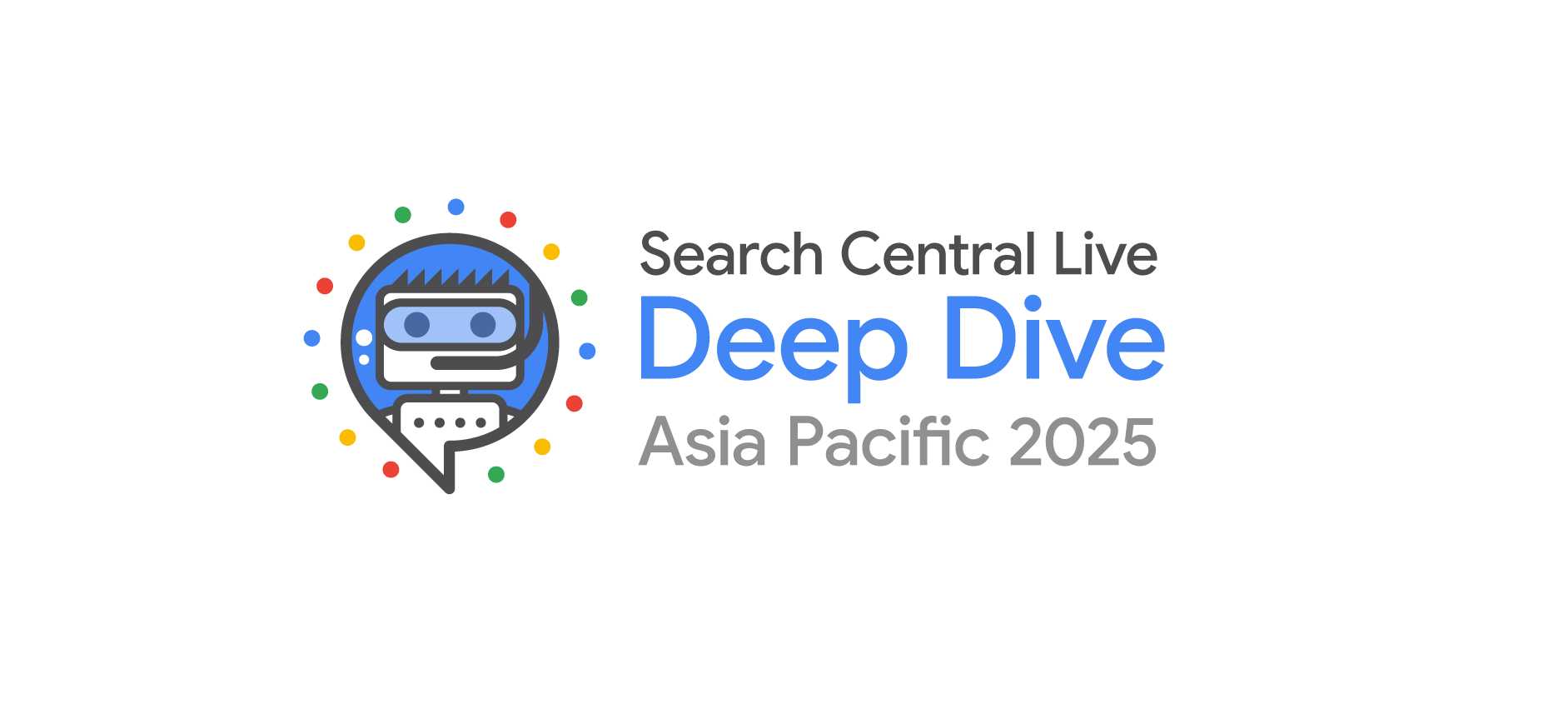




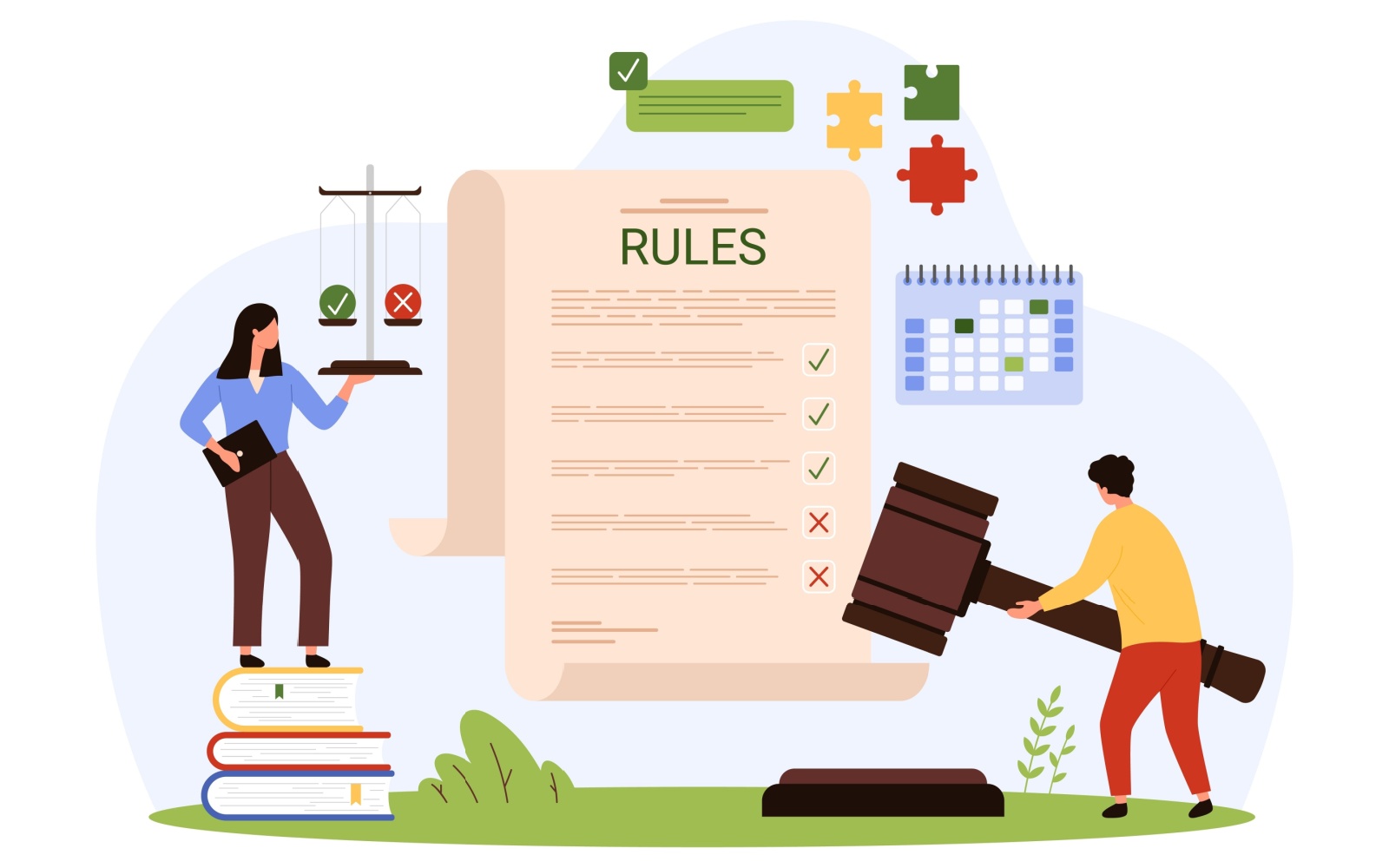



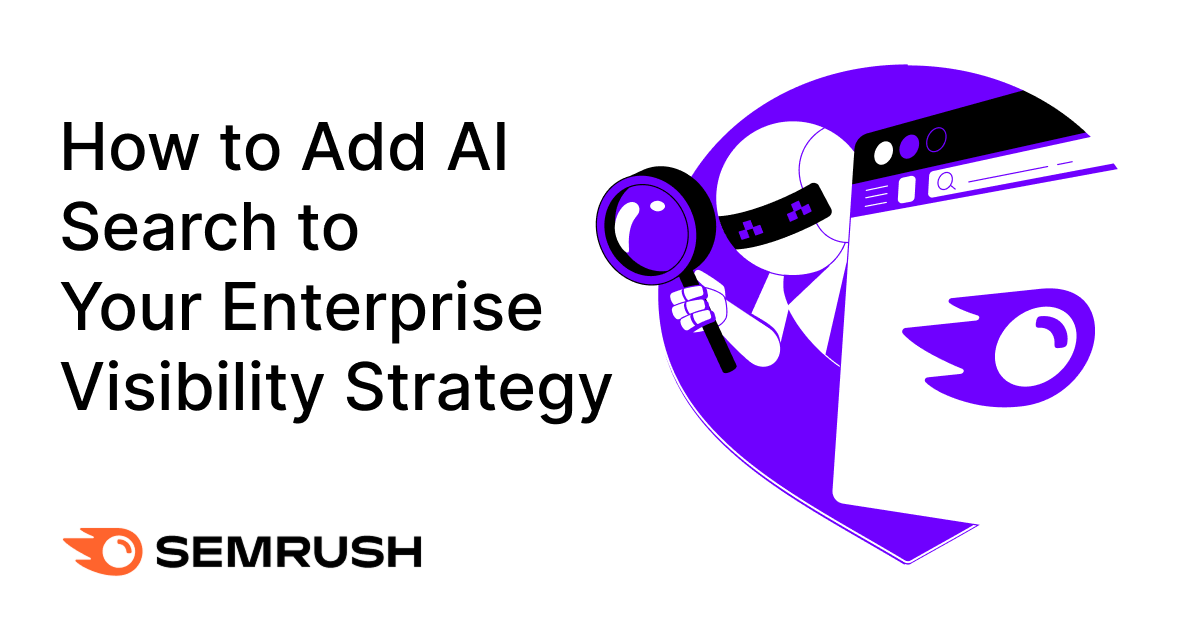
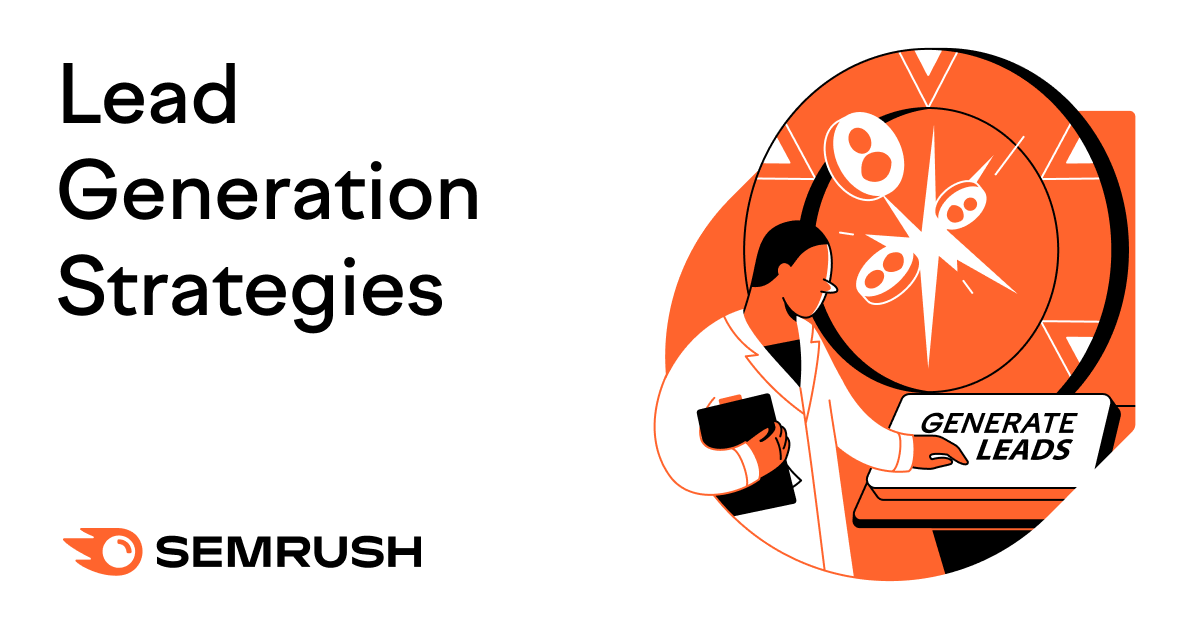
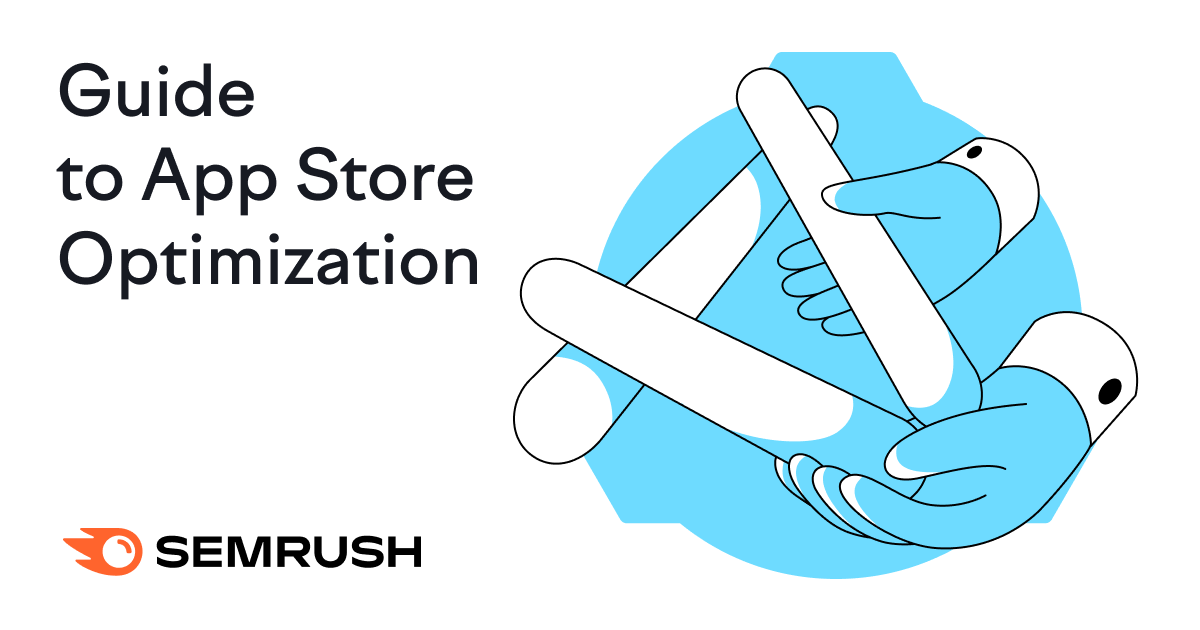
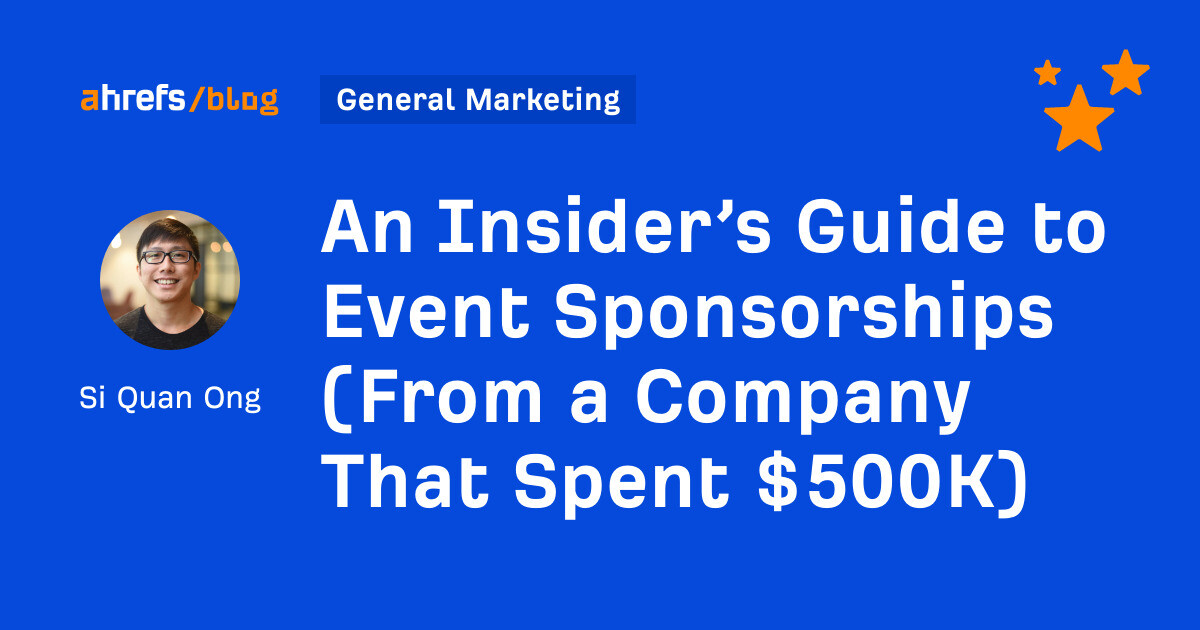

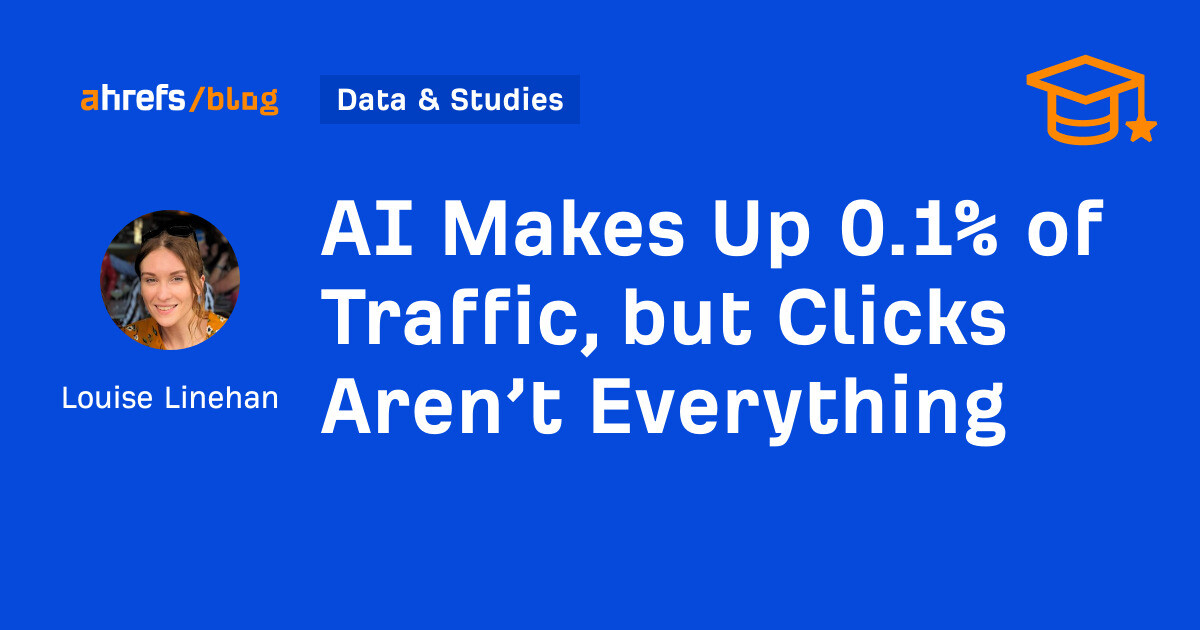
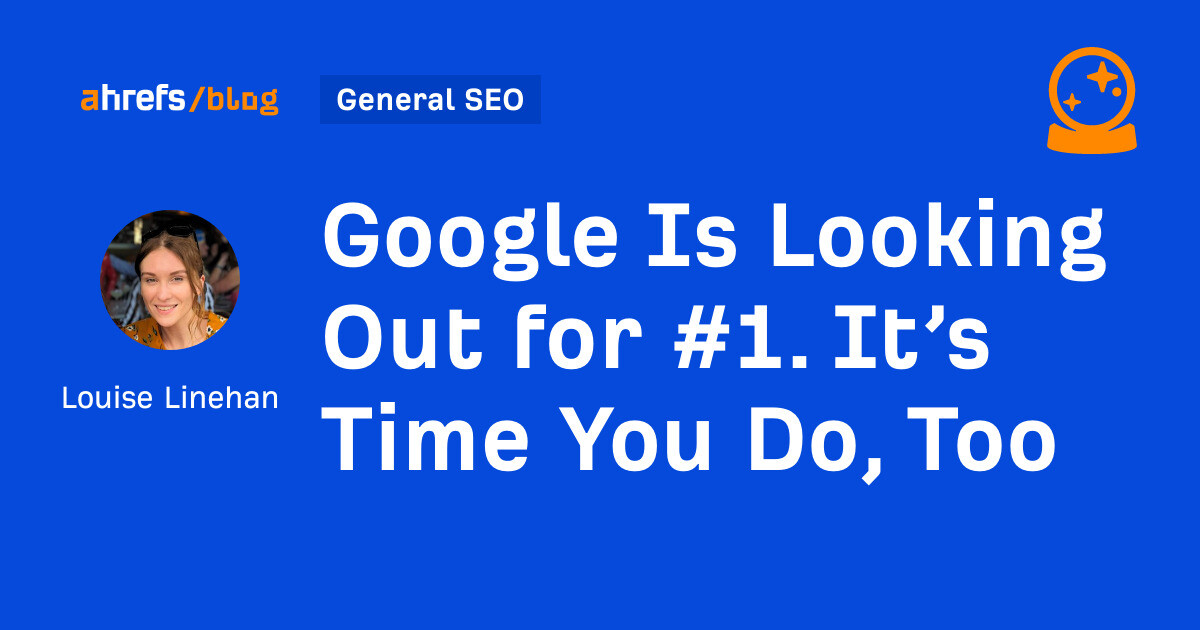

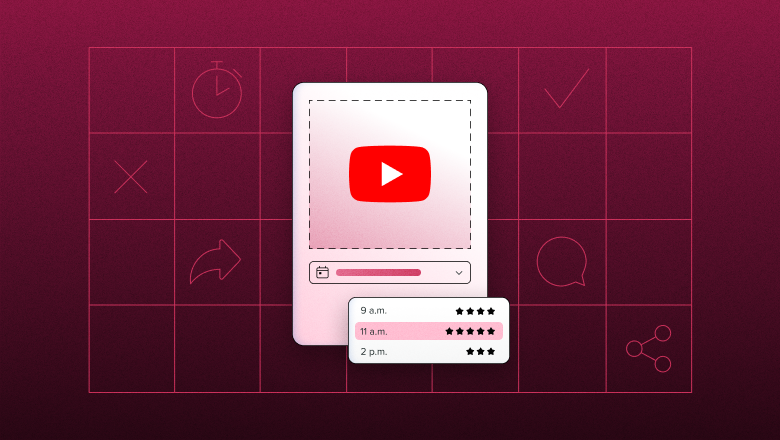













![311 Instagram caption ideas [plus free caption generator]](https://blog.hootsuite.com/wp-content/uploads/2022/07/instagram-captions-drive-engagement.png)
![Here’s Why Integrated Marketing Is So Effective [+ Best Practices]](https://www.hubspot.com/hubfs/Untitled%20design%20%2830%29%20%281%29.jpg)
![How TikTok, Canva, & Other Top Marketing Teams Outperform the Rest [New Data]](https://www.hubspot.com/hubfs/Featured%20Image%20Template%20Backgrounds-1.png)
![How Conversion Funnels Create a Better Customer Journey [+ Tips to Optimize Yours]](https://www.hubspot.com/hubfs/Conversion%20Funnel.png)
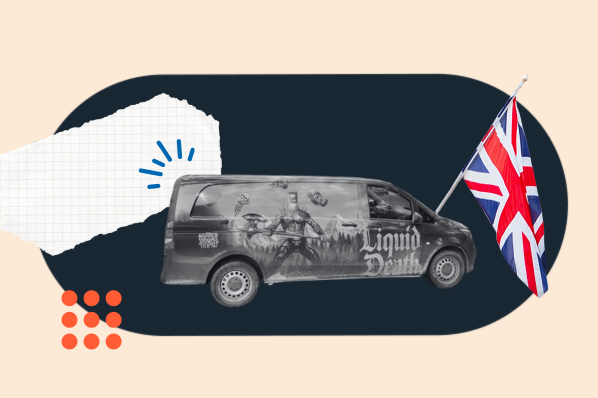


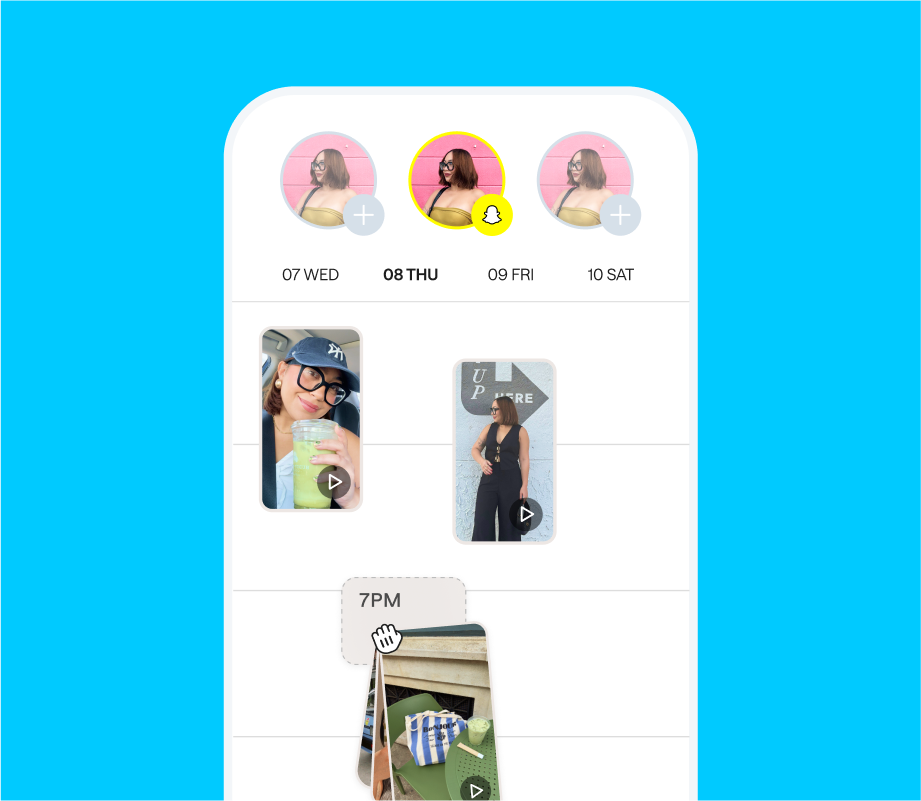
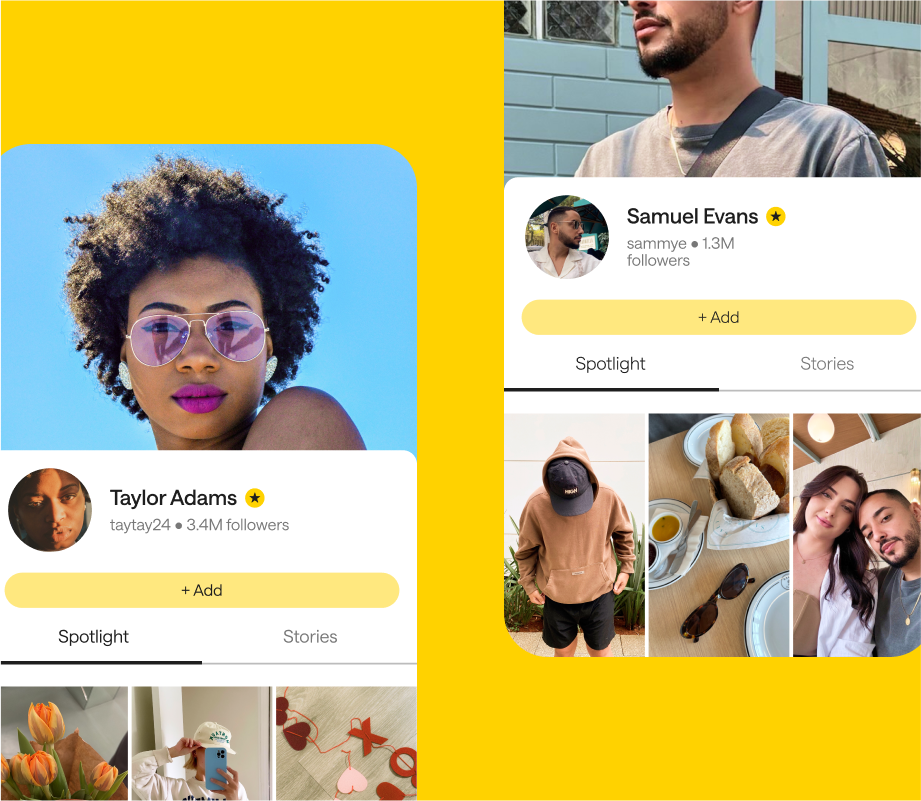
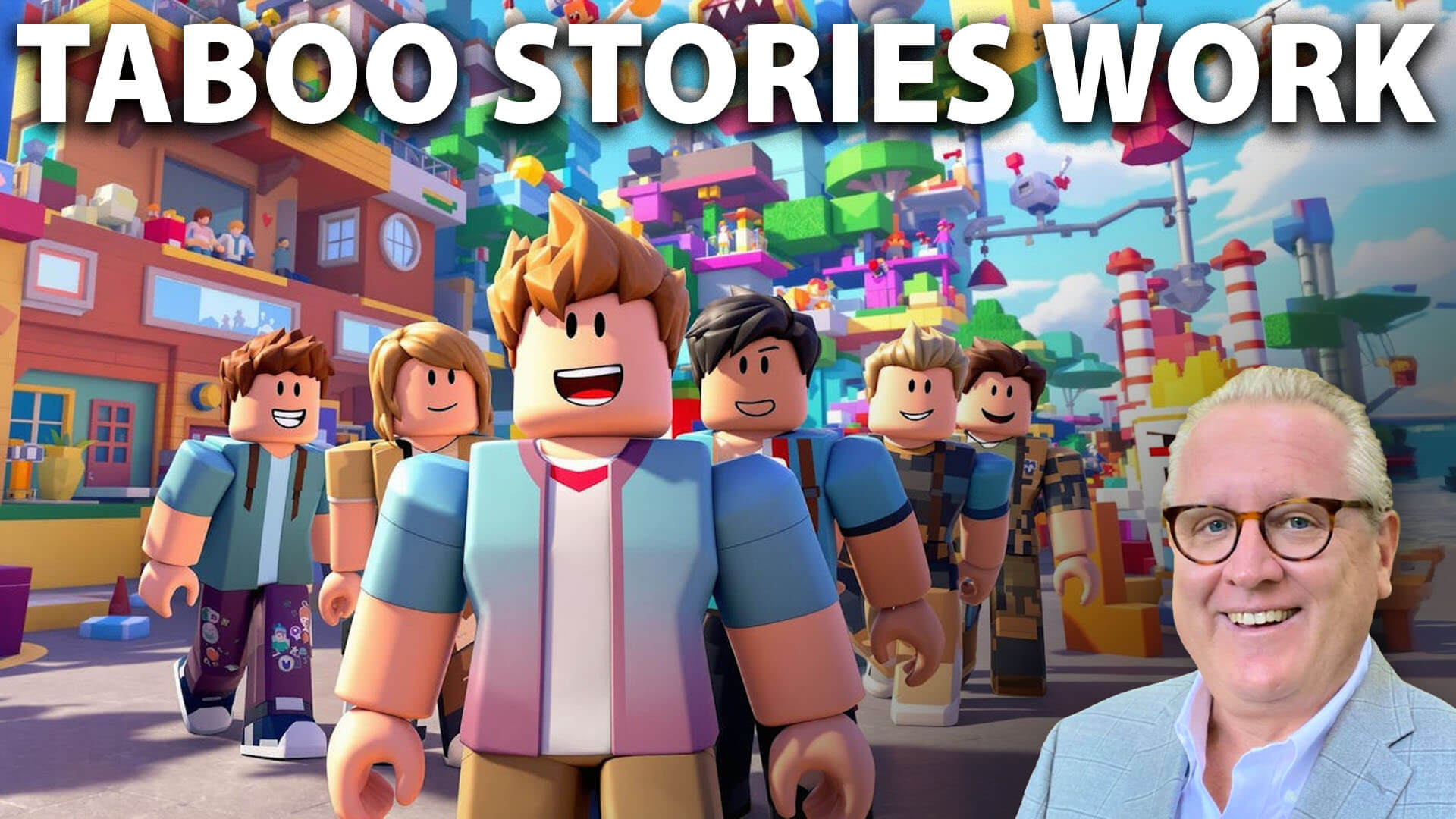

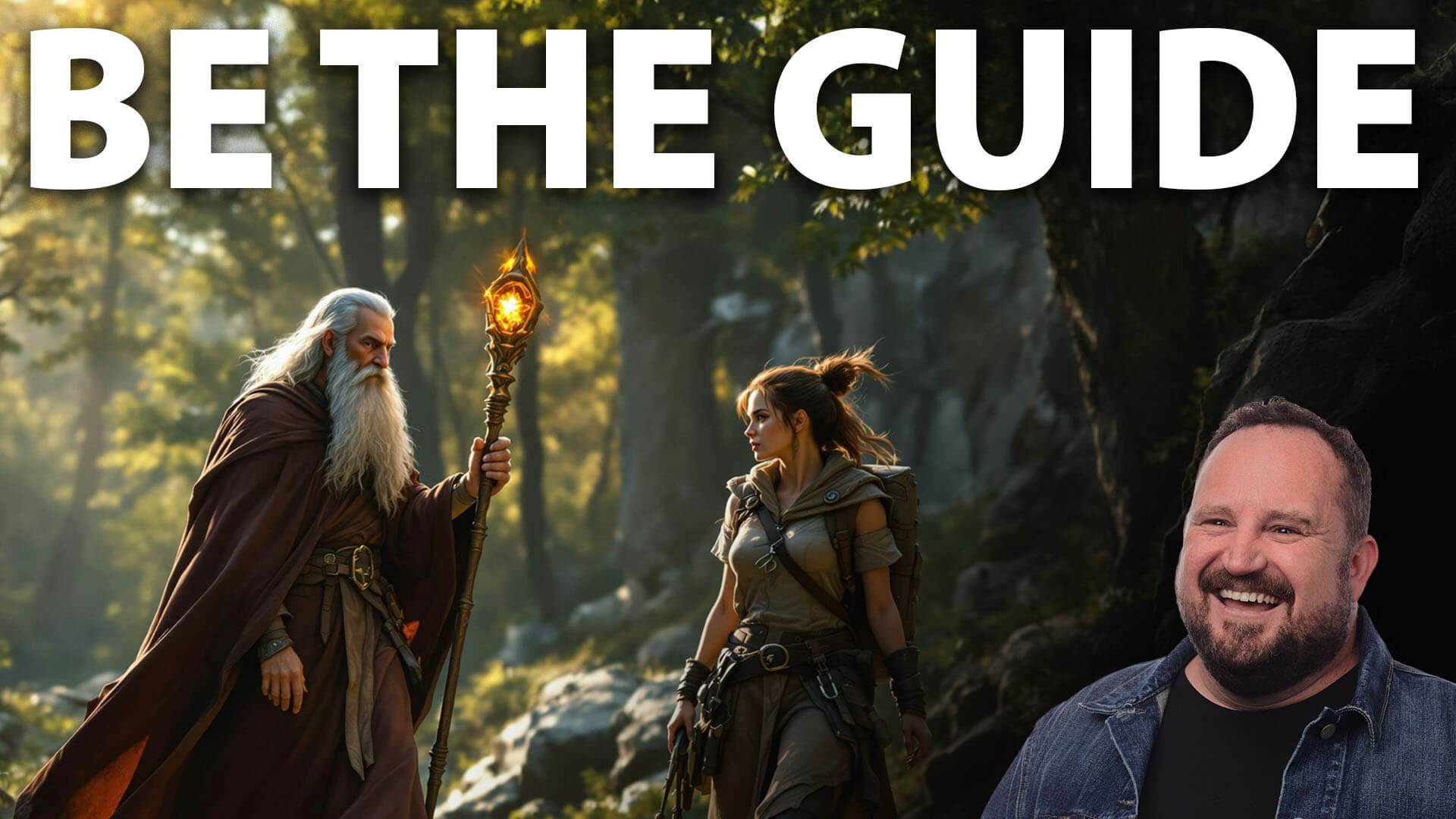





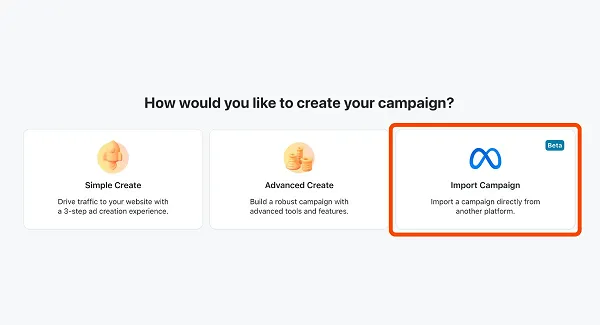
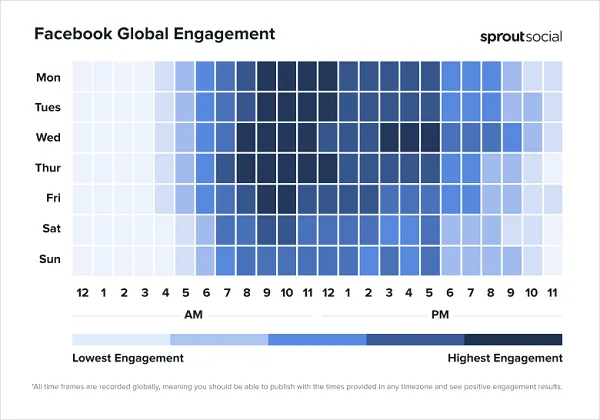
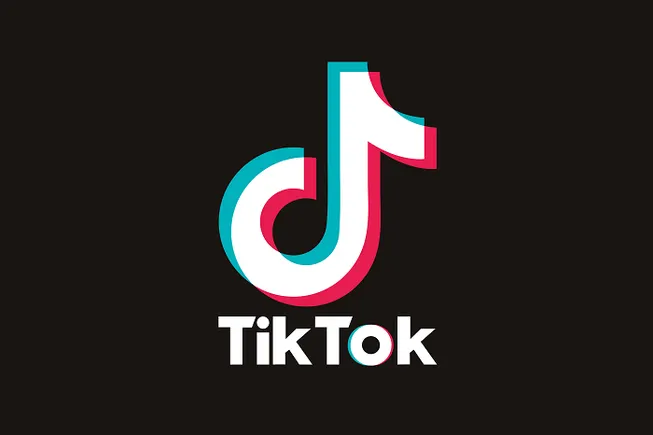
![Best times to post on Facebook in 2025 [Updated March 2025]](https://media.sproutsocial.com/uploads/2024/04/Best-times-to-post_2024_feat-img_fb.jpg)






